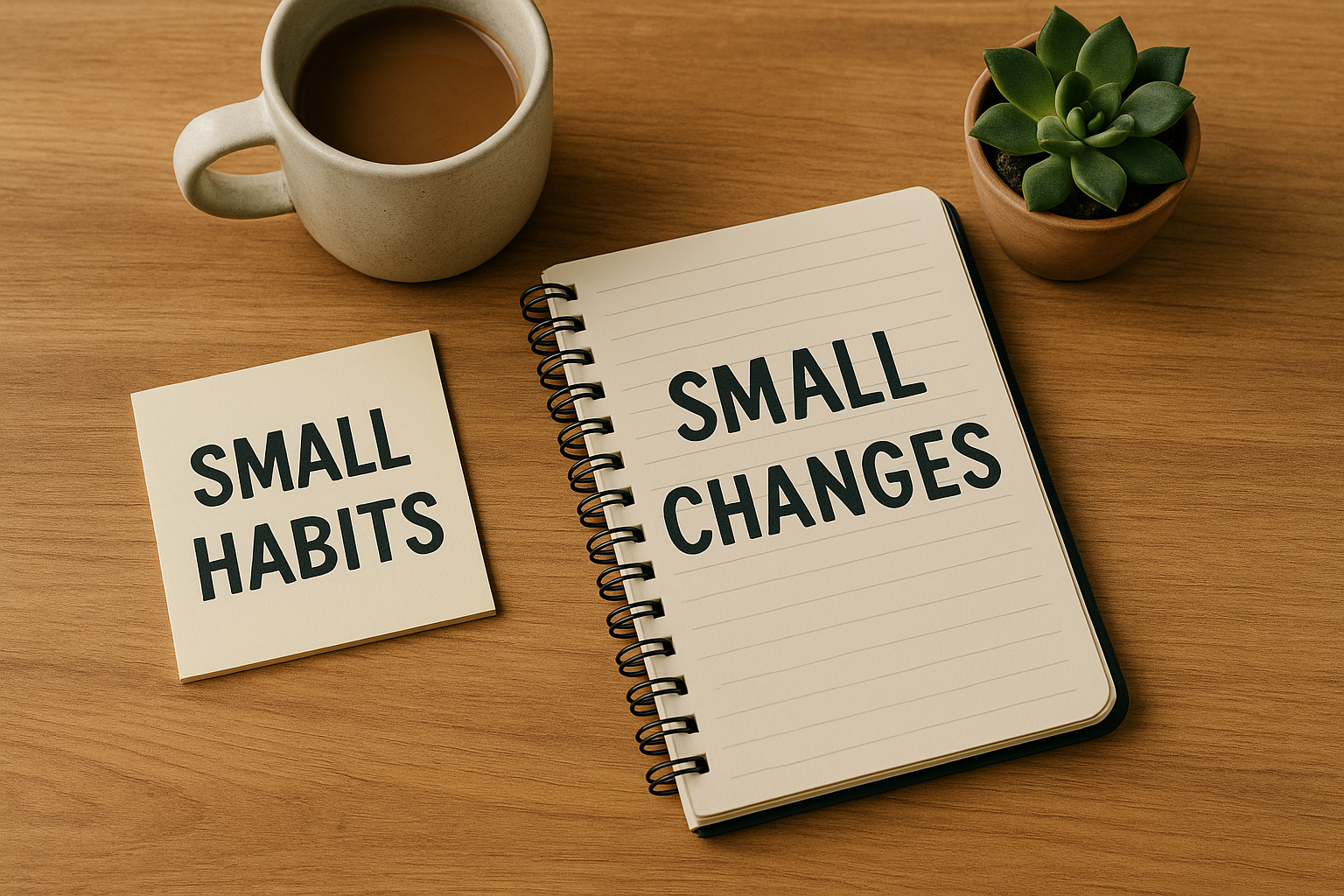Your core values are the guiding principles that shape who you are, how you make choices, and the life you create. When you clarify your personal values, you can live intentionally, design a life aligned with what matters most, and navigate decisions with confidence. This article walks through a simple values exercise and offers practical steps for using your core values in life design.
What Are Core Values?
Definition and Purpose
Core values are the fundamental beliefs and principles that drive your behavior, motivations, and priorities. Unlike fleeting goals or external expectations, values endure over time and serve as a moral compass when life feels complex.
Examples of Common Values
- Integrity: Acting with honesty and ethical consistency
- Growth: Pursuing personal and professional development
- Connection: Fostering meaningful relationships
- Adventure: Seeking novelty, travel, and new experiences
- Service: Contributing to others and making a positive impact
Why Core Values Matter
Clarity and Focus
When you know your values, you can set goals and choose opportunities that align with your priorities, reducing distractions and decision fatigue.
Consistent Decision‑Making
Core values act as a benchmark: when faced with tough choices, simply ask, “Which option best reflects my values?” This ensures your actions remain congruent with your true self.
Enhanced Well‑Being
Living in harmony with your values fosters satisfaction and reduces stress, because you’re not constantly compromising on what truly matters.
Step‑by‑Step Values Exercise
-
Reflect on Peak Moments
List 5–7 high points in your life—times when you felt proud, fulfilled, or deeply satisfied. Note the qualities or themes (e.g., teamwork, creativity, challenge) present in each moment.
-
Identify Core Themes
Review your peak moments and highlight recurring themes. These are hints toward your most important values. For example, if “helping others” appears repeatedly, service may be a core value.
-
Prioritize and Narrow Down
From your list of themes, choose 5–7 that resonate most deeply. Then prioritize them by asking which values you’d fight to preserve if all else were stripped away.
-
Draft Value Statements
Convert each word into a concise statement that describes how you live that value. For example:
“I act with integrity by being honest and transparent in all my communications.” -
Test and Refine
Apply your value statements to recent decisions. Did you choose options that aligned? If not, adjust your wording or order until your values accurately reflect your real‑world priorities.
Using Your Values in Life Design
Decision Filter
Before saying “yes” to a new opportunity, pause and ask:
“Does this align with my value of [Value Name]?”
For instance, if you value growth, you might prioritize projects that stretch your skills over comfortable but routine tasks.
Goal Alignment
Map each of your SMART goals to one or more core values. A goal to “learn a new language” might support values of growth and connection if it enables cultural exchange.
Daily Habits
Design morning or evening rituals that reinforce your values. If health is a top value, schedule a daily walk at sunrise. If creativity matters, dedicate 15 minutes each evening to sketching or free writing.
Maintaining Your Values Over Time
Regular Check‑Ins
Set a monthly reminder to review your values and assess alignment. Life circumstances change, and your values—while enduring—may evolve in emphasis.
Accountability Partner
Share your core values and statements with a trusted friend or mentor. Invite them to ask reflective questions when you face big decisions, ensuring you stay true to your principles.
Conclusion
Defining your core values through a structured values exercise empowers you to live intentionally and excel in your life design. By reflecting on peak moments, prioritizing themes, and crafting clear value statements, you create a decision‑making framework that keeps you aligned with your authentic self. Use your values as filters for opportunities, goal alignment, and daily habits—and watch as clarity, fulfillment, and confidence become your new normal.









